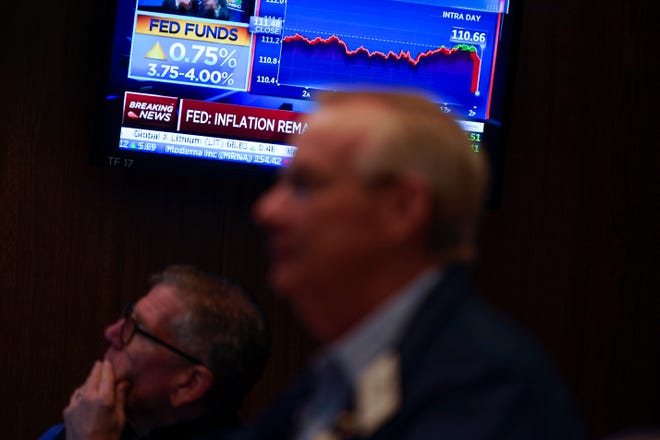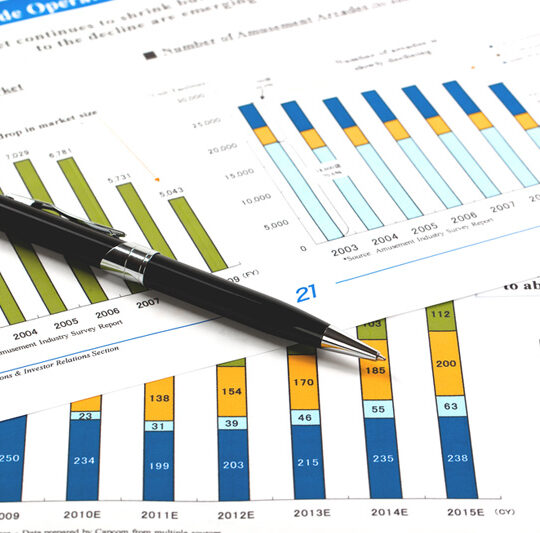
Inflation’s finally cooling, and interest rates may be peaking soon. That means now may be the right time to jump back into the market – even with a potential recession on the horizon, some strategists say.
Forty-year high inflation and the most aggressive interest rate hikes by the Federal Reserve since the 1980s pummeled people’s portfolios last year. Stocks and bonds, which normally move in opposite directions, plunged simultaneously, leaving the classic diversified 60% stock/40% bond, or 60/40, portfolio in shambles and investors with nowhere to hide. Morningstar’s U.S. Moderate Target Allocation Index – designed as the benchmark for a 60/40 allocation portfolio – lost 15.3%, the biggest annual decline since 2008.
But 2023’s on a different trajectory, offering investors hope they can start rebuilding their retirement balances, some say.














